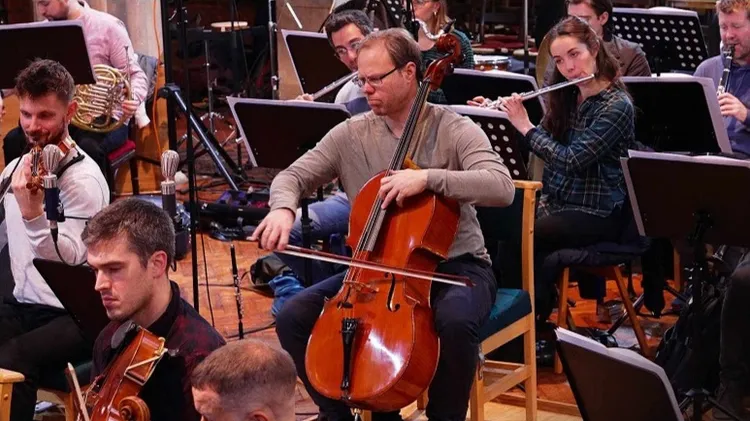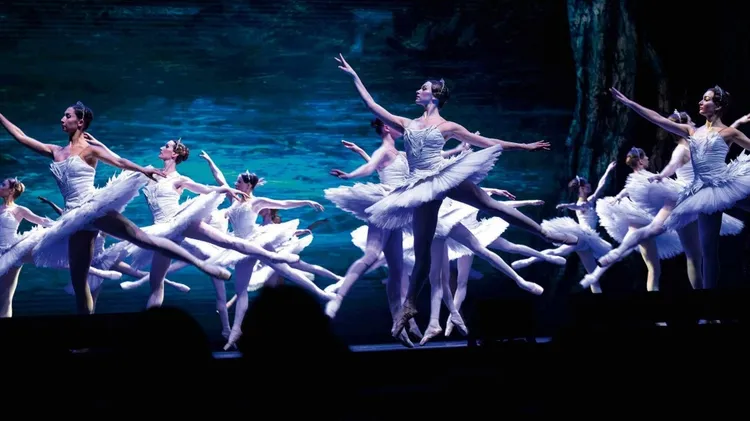Claire Jackson delves into the finest recordings of this flam
Aram khachaturian piano concerto
3 min read
This article is from...
Read this article and 8000+ more magazines and newspapers on Readly






